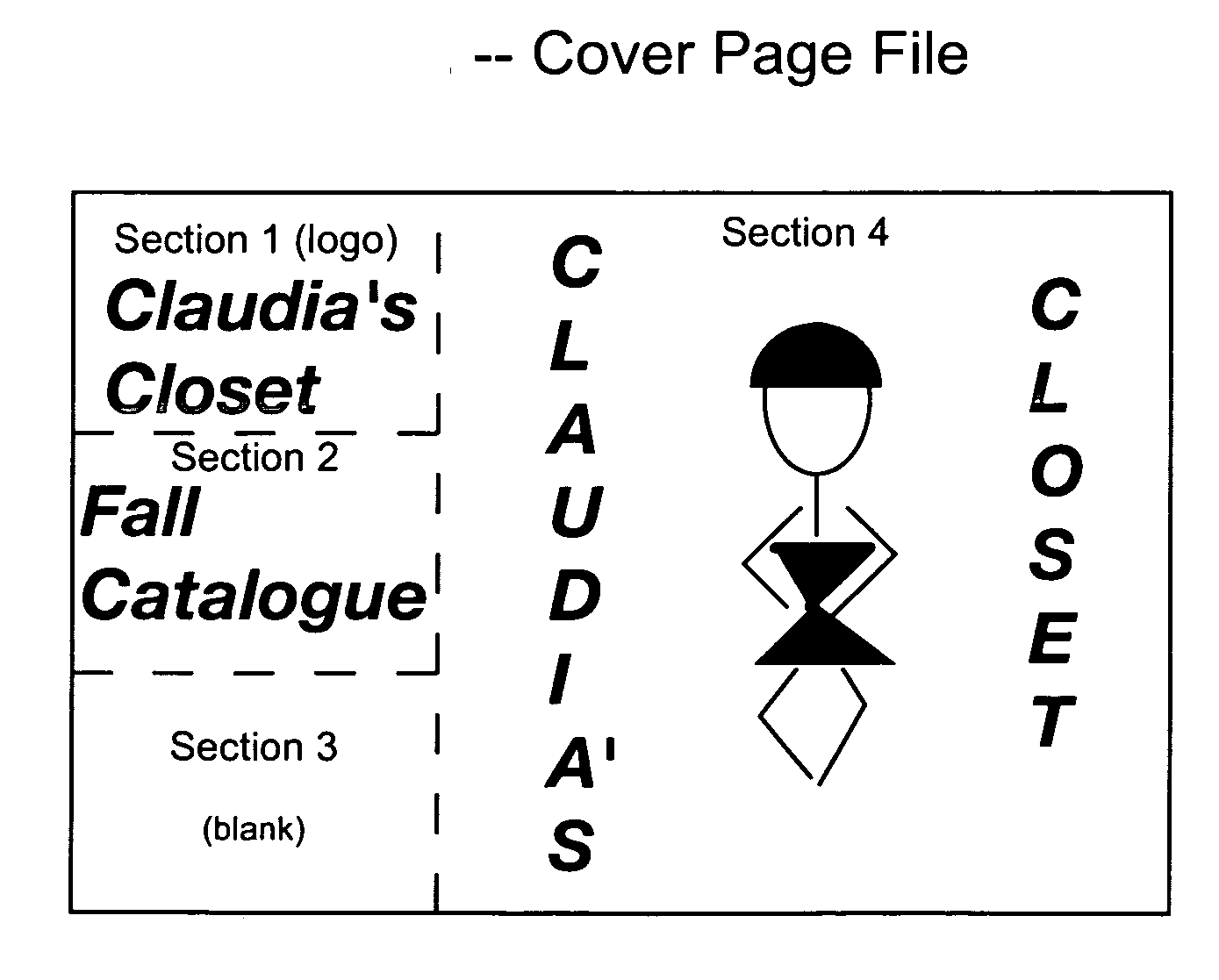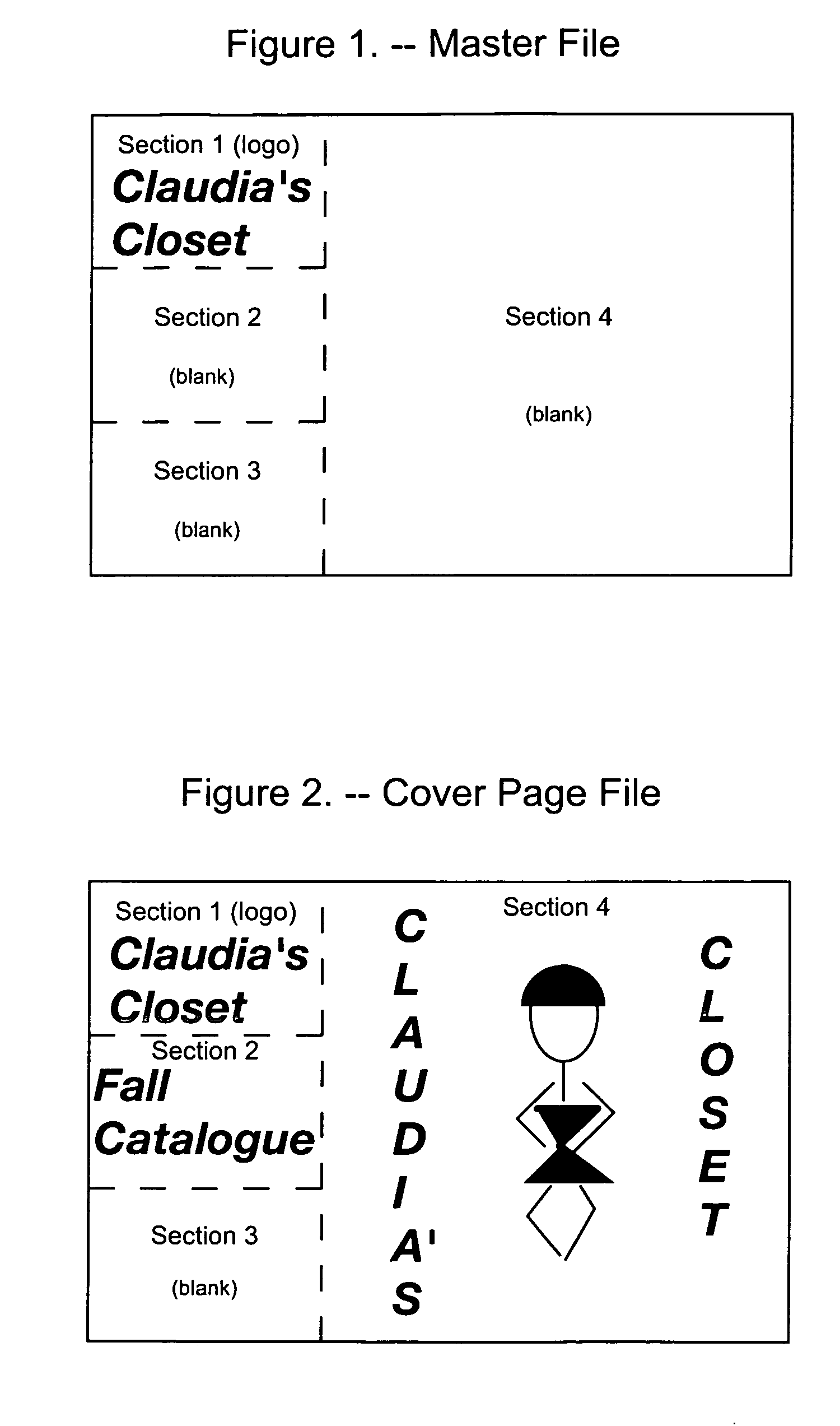However, as only a small percentage of viewers actually recorded a particular program on videotape recorders for later viewing, and as fast-forwarding through the commercials using videotape technology is not particularly accurate or
user friendly, the percentage of viewers that actually use this technique is not believed to be particularly high.
Nevertheless, advertisers miss the opportunity to reach these viewers.
This is likely to lead to a number of fundamental problems for advertisers, advertising agencies, television networks, cable channels, television producers and others who deliver advertising-supported
programming.
However, if more and more viewers use new technologies to avoid watching the commercials, then over time advertisers will find traditional television commercials to be less and less effective.
Similarly, if fewer people are watching the commercials, advertising agencies may likely find that their clients, the advertisers, will spend less money hiring them to create and to buy time to air these commercials.
This in turn will significantly reduce these networks' revenues and profitability.
Similarly, these networks,
cable television channels and other delivery systems will therefore have less and less money to pay for television programs from producers and production companies, who will also thus see their revenues and profits threatened.
The logic being that, although viewers can easily fast-forward past a traditional commercial without missing any part of the actual program, they cannot easily fast-forward though a product that is actually used within the program itself.
However, many if not all of these techniques are limited in scope, as it is often difficult to use product placement and similar techniques to communicate the many aspects of a company's products or services that can currently be communicated via a traditional commercial.
For example, although an advertiser may be able to communicate to a viewer the new styling of a new model car by placing the car in a television drama series where it is driven by one of the characters in the series, it is more difficult to explain “dealer discounts” or promote upcoming “sales”.
Similarly, it is also often difficult to incorporate a wide range of advertising messages within a sponsored program, whose main objective is to provide the viewer with an entertaining television program and not to bombard them with advertising messages.
Indeed, many viewers, and more recently some television industry groups, do not like this trend of incorporating myriad advertising messages within a program, and there is thus both viewer and industry pressure to reduce and / or eliminate these techniques.
However, many viewers find these advertising messages distract them from the program they are trying to watch, and as such these messages often tend to alienate many viewers.
Also, as these messages are being shown while a viewer is primarily trying to watch the actual program, there is some question as to the effectiveness of this type of advertising.
However, it is also clear that none of the current methods being tried effectively offer advertisers, their agencies, or the various television companies a full and complete range of options to do this.
Typically these channels have blocks of time available, often late at night and during the early hours of the
morning, where there are not enough viewers tuning in to the channel to justify airing actual programs.
The infomercial industry is also likely to be adversely affected by these new technologies.
Also, it is unlikely that infomercials will be the type of program that many viewers will
record for future viewing, as they tend to be more of an impulse view.
However, print advertising also has a number of weaknesses when compared to television commercial advertising.
Most importantly, even those catalogues with the glossiest photographs cannot match the visual and audio
impact of a 30-second commercial.
In addition, some catalogues and brochures can be very expensive both to produce, and to deliver to potential customers.
As such, there is often a lot of waste involved in this method of production and delivery, not only the
actual cost of manufacture and shipping, but the wasted time and effort, and also the huge waste of natural resources such as all the paper that is thrown away.
Also, these catalogues and brochures often take up a lot of room in a potential customer's home or office, and may be discarded for this fact alone.
Also, customers who save a whole range of catalogues and brochures may have difficulty locating the one they want at the time they want, or may forget which catalogue contains the specific product they are interested in.
Also, if a catalogue is not mailed to a specific potential customer, or if a potential customer is unable to visit a place where a catalogue or brochure is available (such as the BMW™ dealership), then such a potential customer may never see such a catalogue or brochure, leading to a missed sales opportunity.
Furthermore, both catalogue and TV advertising tend to be limited in the number of distinct images they present of a given product.
This may also lead to lost sales.
However, while a furniture catalogue showing full-page front, back, side and top views of every item would be much more informative, and more likely to lead to sales, it would likely be prohibitively expensive to produce and mail using current techniques.
Similarly, it is believed that many companies who would like to use catalogues and brochures as part of their business strategy currently find the cost of doing so using current techniques prohibitively expensive.
 Login to View More
Login to View More  Login to View More
Login to View More 


